
This is the third installment in a series I’ve been writing to help parents, families, and individuals of all ages figure out how old is too old when it comes to choosing a safe car, minivan, or SUV. I first established a baseline called “Safety Level 1”, which involved vehicles with 3-point seat belts for front occupants, frontal driver and passenger airbags, and a good moderate overlap crash test score. This was the minimum level of safety I felt was worth buying, and I explained my rationale for these requirements.
I then added Level 2, which included the features of Level 1 and added side airbags, good side impact scores, and ESC. At this level, occupants would be protected from the most common fatal collisions (head-on, moderate frontal overlap, and side) while also receiving one of the biggest safety boosts since the seat belt, Electronic Stability Control. This was the minimum level I personally considered for any vehicles we purchased in my family.
Today’s article continues the series by focusing on a higher threshold of safety that I previewed in the prior article called Safety Level 3. This level brings additional benefits in frontal crashworthiness and in rollover crash protection. As in each previous level, my goal isn’t to profile every vehicle meeting this standard, but to highlight the oldest and most affordable vehicles offering this level of safety to individuals and families.
Safety Level 3: Safety Level 2 + Rollover-sensing airbags + Strong Roof + Small overlap performance
Levels 1 and 2, as I noted above, focused on a.) basic elements of frontal crash protection and b.) side crash protection and stability control. But while ESC is designed to significantly reduce the odds of getting into a rollover situation, rollovers will still occur at times. Similarly, a significant percentage of fatal frontal collisions occur as “near-miss” collisions, and kill drivers in vehicles with good moderate overlap scores. How can these issues be dealt with?
Level 3 focuses on a.) further reducing the risks inherent in frontal collisions via good performance on the IIHS’ small overlap test and b.) providing protection from deaths in rollovers via side airbags designed to activate during impending rollovers and strong roofs designed to maintain structural integrity during active rollover situations.
The benefits of rollover-sensing side impact airbags are their abilities to offer head protection during rollover events. When side airbags activate during rollovers, they reduce the risks of occupants striking the ground, windows, or roof pillars during rollovers while reducing the risk of ejection.
A strong roof works in conjunction with the side impact airbags to keep the passenger cabin intact during a rollover, protecting occupants from severe head and neck trauma. An intact cabin is less likely to have broken windows or opening doors, additionally reducing the risk of ejection.
Finally, the small overlap protection, in conjunction with a good moderate overlap and head on collision score, secure the front end of the vehicle for frontal collisions with similarly-sized vehicles.
Now that I’ve explained what I find important at this level, here are examples of some of the oldest and most affordable vehicles that meet this safety threshold. The oldest dates back to 2005, but most are clustered around 2014. I left out coupes and sports cars and focused on vehicles that could practically be used by both individuals and families:
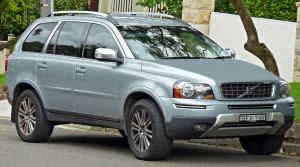 2005-2014 Volvo XC90
2005-2014 Volvo XC90
As I noted in Safety Level 2, the first generation Volvo XC90 set a landmark for safety that many vehicles took years to catch up to, at least in terms of crash test performance. This is the only vehicle from the previous category to also make this category, and by far the oldest vehicle in this category.
However, as on the previous list, the XC90 leaves much on the table when it comes to reliability; the T6 was plagued with transmission problems, the early V8 had engine failures, and the model overall was buggy throughout the generation. If you know how to maintain it or know someone who does, however, it’s an excellent choice for family safety. Part of the generation had a driver death rate of 28 (2005-2008), while another part of it (2008-2011) had a driver death rate of zero.
My 3 across guide for the XC90 is available here.
The S60 is another good choice for individuals or families with up to 3 children, despite not offering as much interior room as the XC90. By default, the base S60 also comes with an advanced level of front crash prevention (one of the elements of the next Safety Level) capable of bringing the vehicle to a stop and avoiding a frontal collision at up to 12 mph.
The biggest potential downsides to the S60 are maintenance costs. It won’t cost as much to keep running as other European brands, but it will typically cost more than Japanese or American brands.
My 3 across guide for the S60 is available here.
The XC60 is Volvo’s SUV counterpart to the S60, and it fills the slot well. Like the S60, its a good choice for families with up to 3 children, and by default, it also comes with an advanced level of front crash prevention (one of the elements of the next Safety Level) capable of bringing the vehicle to a stop and avoiding a frontal collision at up to 12 mph.
The biggest potential downsides to the XC60, as with the S60, are maintenance costs. It won’t cost as much to keep running as other European brands, but it will typically cost more than Japanese or American brands.
My 3 across guide for the XC60 is available here.
The Accord is the second mid-sized sedan on the list and is likely to be one of the cheapest to keep on the road. It doesn’t offer any additional safety features beyond those required to compete at Safety Level 3, but it’s a solid and practical choice for individuals and families with up to 3 children.
My 3 across guide for the Accord is here.
The Odyssey is the only minivan to make the list, and is also likely to be one of the cheapest vehicles to maintain. It makes an excellent family vehicle with the potential to seat up to 6 children and 2 adults, and also offers the most storage room.
The 2014 Odyssey doesn’t offer any additional safety features standard and barely offers anything you can upgrade to, but this picture changes in future model years. As it is, it already performed well enough to earn a spot on the IIHS’ zero driver death rate list for the 2011 model year (which did not feature a small overlap score).
My 3 across guide for the Odyssey is here.
The Chevy Malibu, like the Accord, is a mid-sized sedan aimed at individuals and families with up to 3 children. However, unlike the Accord, it comes with a few additional safety features in the form of knee airbags for both the driver and front passenger; it is the only vehicle on this list to include such airbags for both front seat occupants.
My 3 across guide for the Malibu is here.
The Mazda 3 is one of only a handful of small cars to make the list, and is another good economical vehicle that’s unlikely to cost much to maintain. It works well for individuals or families with up to 3 children, although it won’t offer as much space as sedans like the Accord or S60.
Check out my 3 across guide to the Mazda 3 here.
The CX-5 is one of the few small SUVs to make this list, and it’s a sharp-looking one. However, like most vehicles on the list, it doesn’t offer any additional features beyond Safety Level 3 unless you opt in for some optional front crash prevention packages. In the case of the CX-5, it’s the Touring Technology Package.
Check out my 3 across guide to the CX-5 here.
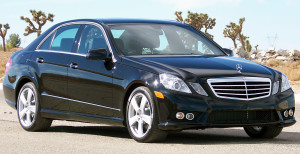 2014+ Mercedes-Benz E-Class Sedan
2014+ Mercedes-Benz E-Class Sedan
The MB E-Class is one of a few large cars to make the list, and certainly one of the most expensive vehicles on the list. However, if you’ve got deep pockets (both for the purchase and for the maintenance), it’s a roomy car for families of up to 3 children. Beyond the basic features, it includes a driver knee airbag and automatically adjusting head restraints; the goal is to keep them in optimal positions regardless of seat orientation, reducing whiplash injuries in the process. It’s pretty neat technology. Front crash prevention, as with every other vehicle on this list that offers it, isn’t worth mentioning unless you opt for the higher end optional package, named the Driver Assistance Package in MB-land.
My 3 across guide to the E-Class is available here.
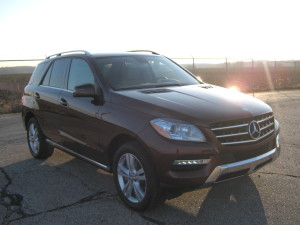 2014+ Mercedes-Benz M-Class (ML-Class)
2014+ Mercedes-Benz M-Class (ML-Class)
The M-Class is another mid-sized SUV to make the list, and is again an excellent choice for families with up to 3 children. Like the E-Class, it also comes with a driver knee airbag to reduce the risk of knee injuries in frontal collisions.
You can get an excellent frontal crash prevention system if you choose a model with the optional Driver Assistance Package, but the standard Collision Prevention Assist does next to nothing. As with the Volvos, your biggest challenges with the M-Class will be keeping it out of the repair shop.
My 3 across guide for the M-Class is available here.
The Forester is the first Subaru and one of only a handful of small SUVs on this list, but it holds its own well.
By default, it doesn’t come with many additional safety features than those present in Level 3, although if you buy it with the optional EyeSight package, you can get an excellent front crash prevention system. However, it does come with a driver’s knee airbag to reduce the risk of knee injuries in frontal crashes. It’s a good choice for individuals or families with up to 3 children.
My 3 across guide for the Forester is available here.
The second Subaru, second car, and first hatchback on the list, the Crosstrek is essentially a raised version of the Impreza.
Like the Forester, it doesn’t come with many additional safety features than those present in Level 3, although if you buy it with the optional EyeSight package, you can get an excellent front crash prevention system. However, it does come with a driver’s knee airbag to reduce the risk of knee injuries in frontal crashes. Like the Forester, it’s a good choice for individuals or families with up to 3 children.
My 3 across guide for the Crosstrek is available here.
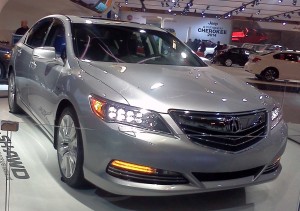 2014+ Acura RLX
2014+ Acura RLX
The RLX is an updated and renamed version of the RL, Acura’s long-running entry to the large car segment. Like the E-Class, it’s a good choice for families with up to 3 children interested in a car rather than in an SUV or minivan. Beyond the basic safety features, a driver knee airbag and extremely basic frontal crash prevention system are included.
The MDX is Acura’s version of the Honda Pilot, which doesn’t make Safety Level 3 before the 2016 model year, and isn’t included on this list as a result. The MDX, however, does meet the safety threshold and also throws in a driver knee airbag, which a number of other vehicles on this list also include. Front crash prevention technology is all but absent in the standard MDX, although impressive if you choose a model with the optional Advance Package.
Check out my 3 across guide to the MDX here.
The Equinox is the first American-model SUV to make Safety Level 3, and is an excellent domestic alternative to the XC60 for families interested in mid-sized SUVs. Like most of the vehicles on this list, no additional features are offered beyond those required by this Safety Level, but it’s still a great amount of safety in a vehicle that can be found relatively cheaply, considering its model year, in the used market.
My 3 across guide for the Equinox is available here.
The Terrain is GM’s GMC version of the Equinox, and, from a safety standpoint, is exactly the same vehicle.
As with the Equinox, it is an excellent domestic alternative to the XC60 for families interested in mid-sized SUVs. Like most of the vehicles on this list, no additional features are offered beyond those required by this Safety Level, but it’s still a great amount of safety in a vehicle that can be found relatively cheaply, considering its model year, in the used market.
My 3 across guide for the Terrain is available here.
The Nissan Rogue is Nissan’s contribution to the small SUV market, and while it’s not currently a good vehicle for 3 across setups, it’s still a good vehicle for families with up to 2 children. It doesn’t come with any additional features beyond the basic requirements for Safety Level 3, but is likely to be one of the more reliable vehicles on this list.
Check out my 3 across guide to the Rogue here.
The Outlander is the final small SUV on the list, and it’s also likely to be one of the most affordable vehicles on the list, both from a purchase price and cost of maintenance perspective. Beyond the features common to all vehicles at Safety Level 3, it also includes a driver knee airbag. Optional front crash prevention technology is available, but you’ll need to pay extra for it.
My 3 across guide for the Outlander is available here.
As you can see, there are a number of safe vehicles from the early 2010s with essential features like good small impact and roof scores and side head/torso airbags with rollover sensors. At this point, if you’re driving a vehicle with these features and those highlighted in earlier Safety Levels, you’re already driving one of the safest vehicles on the road.
That said, if you’re interested in yet another tier of safety, there are still improvements in safety available in the new and barely-used market if you’re willing to increase your budget. What are these features and which vehicles have them? This is where my threshold for Safety Level 4 comes in; I look forward to discussing it further in a post in the near future.
If you find the information on car safety, recommended car seats, and car seat reviews on this car seat blog helpful, you can shop through this Amazon link for any purchases, car seat-related or not. Canadians can shop through this link for Canadian purchases.

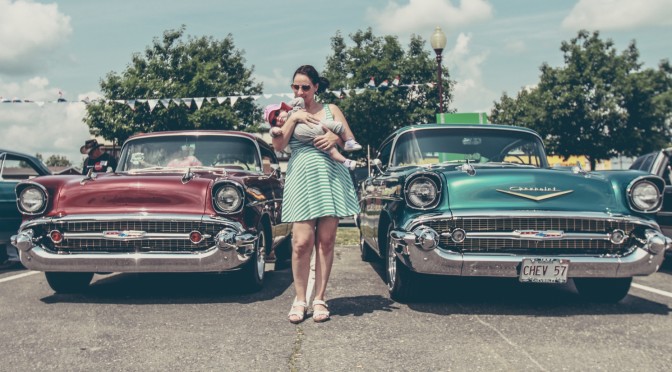
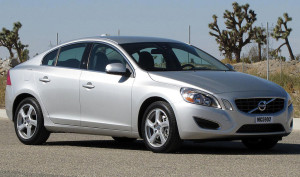 2013+ Volvo S60
2013+ Volvo S60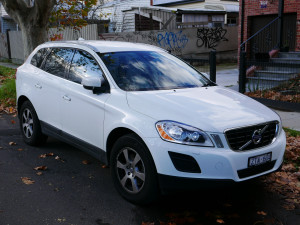 2013+ Volvo XC60
2013+ Volvo XC60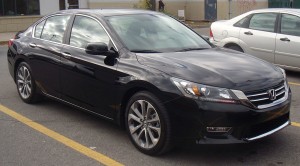 2013+ Honda Accord
2013+ Honda Accord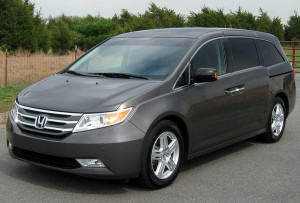 2014+ Honda Odyssey
2014+ Honda Odyssey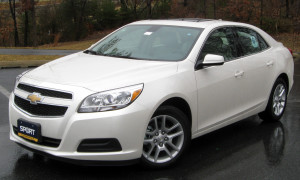 2014+ Chevrolet Malibu
2014+ Chevrolet Malibu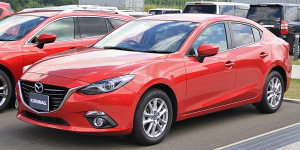 2014+ Mazda 3
2014+ Mazda 3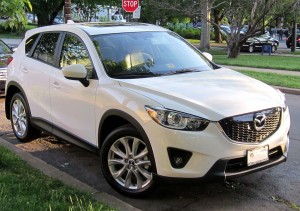 2014+ Mazda CX-5
2014+ Mazda CX-5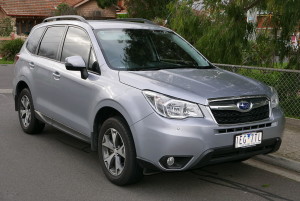 2014+ Subaru Forester
2014+ Subaru Forester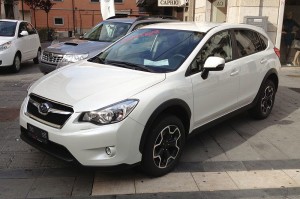 2014+ Subaru Crosstrek
2014+ Subaru Crosstrek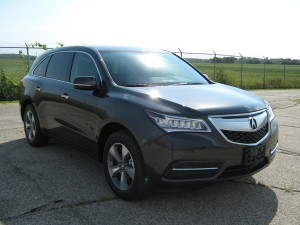 2014+ Acura MDX
2014+ Acura MDX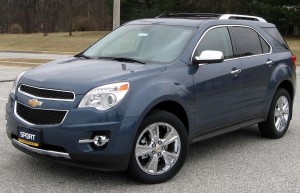 2014+ Chevrolet Equinox
2014+ Chevrolet Equinox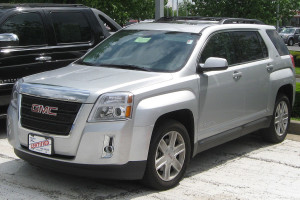 2014+ GMC Terrain
2014+ GMC Terrain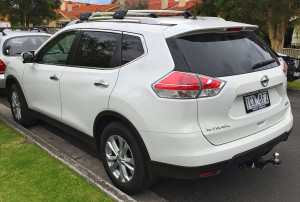 2014+ Nissan Rogue
2014+ Nissan Rogue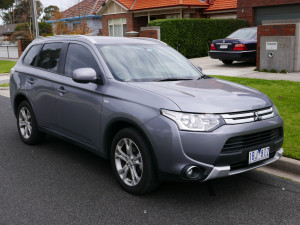 2014+ Mitsubishi Outlander
2014+ Mitsubishi Outlander

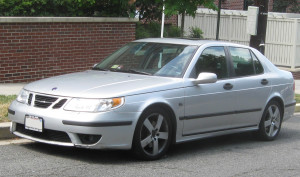 2004-2011 Saab 9-3
2004-2011 Saab 9-3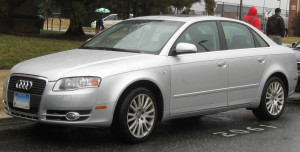 2005-2008 Audi A4
2005-2008 Audi A4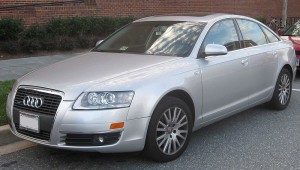
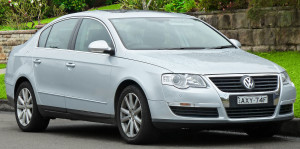
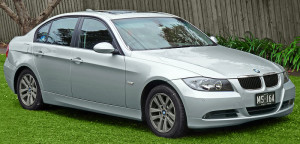 2006-2011 BMW 3 Series
2006-2011 BMW 3 Series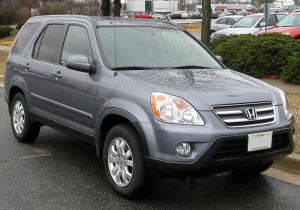
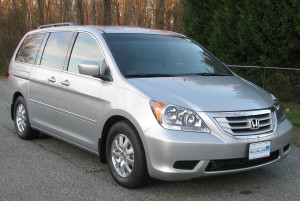
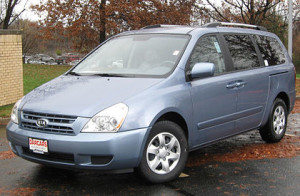
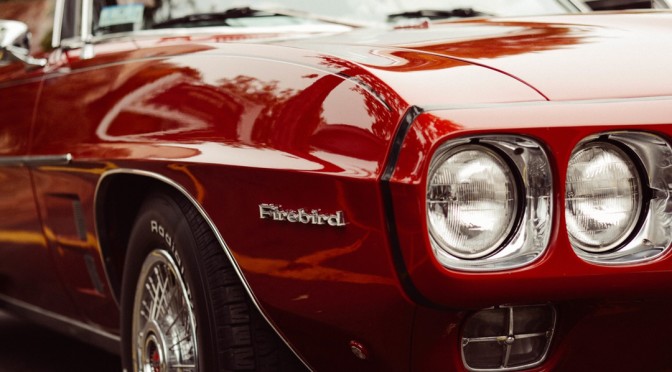
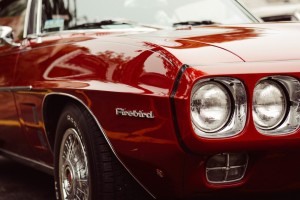
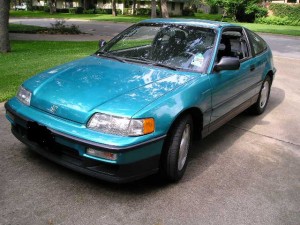
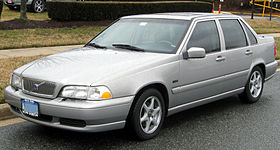 1994-2000 Volvo 850 / S70
1994-2000 Volvo 850 / S70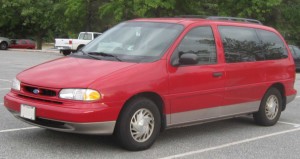 1995-1998 Ford Windstar
1995-1998 Ford Windstar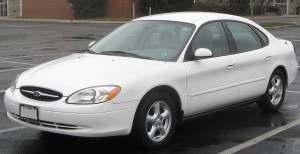
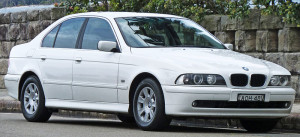 1997-2003 BMW 5 Series
1997-2003 BMW 5 Series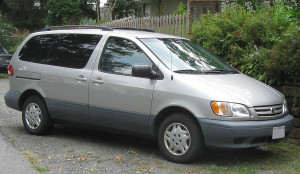 1998-2003 Toyota Sienna
1998-2003 Toyota Sienna
 Higher speed limits, like an entire bag of Hershey’s Kisses, are one of those things that sound good but really aren’t good for you. Politicians love them because they know people won’t oppose them. After all, who would object to being able to speed a bit more on the highway? It’s something we all do anyway, right?
Higher speed limits, like an entire bag of Hershey’s Kisses, are one of those things that sound good but really aren’t good for you. Politicians love them because they know people won’t oppose them. After all, who would object to being able to speed a bit more on the highway? It’s something we all do anyway, right?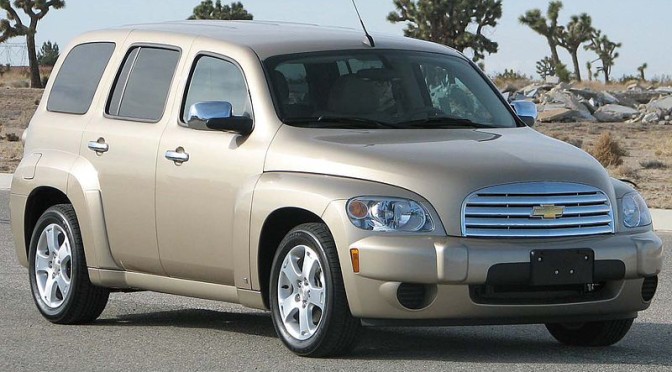
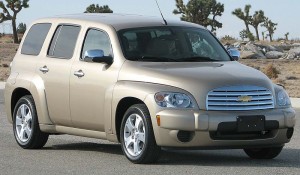 2006, 2007, 2008, 2009, 2010, 2011 Chevrolet HHR
2006, 2007, 2008, 2009, 2010, 2011 Chevrolet HHR